Vietnam National Fine Arts Museum
Description
The Vietnam National Museum of Fine Arts is located in Hanoi, Vietnam (Vietnamese: Vien Bao tang My thuat Viet Nam). It is a museum exhibiting the fine arts of Vietnam from various historical periods. It is the country’s premier art museum, with the lesser Ho Chi Minh City Museum of Fine Arts ranking second.
The Museum displays Vietnam’s beautiful arts from ancient to contemporary times. Much of the 20th century art on display in the museum is connected with national defense folklore. As a collection, it explores martyrdom, patriotism, military strategy, and the defeat of an enemy invasion. The museum features a limited collection of painting from the late 20th and early 21st centuries, including works by painters experimenting with abstraction and abstract impressionism, with an emphasis on the individual artist.
As one of the nation’s most significant cultural and educational institutions, the Vietnam National Fine Arts Museum has become a popular destination for tourists in Hanoi. The museum is renowned for its finely organized galleries. The museum showcases a collection of artifacts from all eras of Vietnamese history, from early prehistory and classical antiquity to the epic tale of current Vietnamese artistic brilliance. Visitors to this museum will gain a better understanding of the arts in one of the four communist nations in the world.
In addition to its stunning display galleries housed within the museum’s historic main structure, the Vietnam National Fine Arts Museum also features an alluring café/snack bar. There is both indoor and outdoor seating, and guests can enjoy a large selection of refreshments while taking in the view of the museum’s elegant architecture.
History
The Vietnam National Museum of Fine Arts is located in Hanoi at 66 Nguyen Thai Hoc Street. The Museum attracts a considerable number of national and international tourists not only because of the caliber of its exhibits, but also because of the architectural beauty of its ancient edifice.
The Museum’s structure was built during the French colonial era. It was initially a boarding school for French officials’ daughters.
In 1962, the Vietnamese government ordered the Ministry of Culture to convert this structure into a location to collect, exhibit, and conserve Vietnam’s most valuable and significant works of art from prehistory to the present. The building was refurbished and Vietnamese architectural elements were incorporated to transform it into a museum-worthy structure.
The Vietnam National Fine Arts Museum opened to the public for the first time in 1966. The museum’s total area is 4,737 square meters, and the exhibition space is around 3,000 square meters. In addition to the permanent exhibits, the Museum also features a place for temporary exhibitions, a Creative Space for Children, and a café. In addition to its main location on Nguyen Thai Hoc Street, the Museum has a second location on Hoang Cau Street that has professional divisions, collection storage, and a conservation center.
Exhibition, Collections
Research, Collecting: The purpose of these operations was to gather ancient artifacts, sculptural pieces, paintings, and graphic arts from art shows and the private collections of sculptors and painters. Currently, the Museum has acquired and maintained 20,000 valuable works of art.
Exhibition, Education: To accommodate the growing number of visitors and to display a larger number of collected objects, the Museum has increased the size of its exhibition areas from 1,000m2 to 3,000m2 over time. In addition, since the number of domestic and foreign visitors continues to rise, the Museum has been engaged in developing varied thematic tours for visitors, particularly tourists.
Creative Space for Children: Established in 2011 in an open and adaptable space, the activities at “Creative Space for Children” are appealing and appropriate for children of varying ages.
Collection Management: Currently, the Department of Collection Management is responsible for roughly 20,000 pieces, of which around 18,000 are in storage (at site 2) and 2,000 are on display (at site 1, 66 Nguyen Thai Hoc Street, Ba Dinh District, Hanoi). The museum’s storage system encompasses a total space of 1,000 square meters and consists of eight compartments: Ancient Sculpture, Modern Sculpture, Oil Paintings, Lacquer Paintings, Paper and Silk, Traditional Arts, Ancient Ceramics, and Cu Lao Cham Ceramics.
Conservation, Restoration: It is essential for museums to conserve, preserve, and maintain numerous artefacts, including as sculpture, lacquer paintings, paper, and silk, to prevent their deterioration and prolong their existence. In addition to maintaining the Museum’s own objects, the Centre also provides services to other organisations such as the Independence Palace, Tôn Đức Thắng Museum, Quảng Ninh Museum, President Hồ Chí Minh Historical Site, Nhà Rồng Monument, Lê Bá Đảng – Điềm Phùng Thị Art Centre, etc. In addition to assisting with the conservation of objects from the Kaysone Phomvihane Museum in Laos, the Centre collaborates with the Goethe Institute and the Dresden Academy of Fine Arts to organize a series of training workshops that will serve as the foundation for the future development of the Museum’s Conservation Centre into a National Conservation Centre.
International Relations: As a member of ICOM, the Asian-Europe Museum Network, and the Vietnamese Museum Network, the Vietnam National Fine Arts Museum has staged a number of exhibitions overseas showcasing its collections, as well as hosted a number of exhibitions from abroad. This is to open up the domains of art and museum to the rest of the globe.
The Vietnam Fine Arts Museum currently has about 18,000 artifacts that span Vietnam’s artistic history from prehistory to the present.
Prehistory and Early History Fine Arts: This exhibition features a variety of things, including production tools, weapons, everyday objects, ornaments, artistic figurines, and musical instruments.
Art from the 11th to the 19 Century AD: Art from the eleventh to the nineteenth century is the most magnificent period of growth for ancient Vietnamese sculpture.
Art from the Early 20th Century AD. to the Present Day: The exhibition is divided into two sections: the divergence of art history (1925-1945 and 1945-1954) and material works, including collections of lacquer, silk, oil paintings, graphics, and sculptures (from 1954 to present).
Traditional Applied Art: Handcrafted skills are demonstrated on all accessible materials, including bamboo, fabrics, shell inlays, conch, and metal carvings…
Folk Art: The Museum’s collection concentrates on introducing two exceptional categories: folk paintings and folk statues.
Vietnamese Ceramic Art from 11th Century to 20th Century: This exhibition highlights the distinguishing features of unglazed and glazed ceramics from various historical periods, including Celadon Glaze and Ivory – Yellow Cracked Glaze Ceramics; Brown Pattern Ceramics; Cobalt-Blue Pattern Ceramics; and Contemporary Ceramics.
Famous Vietnamese artists such as Nguyen Gia Tri, To Ngoc Van, Tran Van Can, Nguyen Phan Chanh, and Luong Xian Nhi have their works on display here.
Gallery / Photos
Working Hours
- Monday 8:30 AM - 5:00 PM
- Tuesday 8:30 AM - 5:00 PM
- Wednesday 8:30 AM - 5:00 PM
- Thursday 8:30 AM - 5:00 PM
- Friday 8:30 AM - 5:00 PM
- Saturday 8:30 AM - 5:00 PM
- Sunday 8:30 AM - 5:00 PM
Location / Contacts
- Address : 66 P. Nguyễn Thái Học, Điện Biên, Ba Đình, Hà Nội, Vietnam
- Phone : +842438233084
- Mail : btmtvn@vnfam.vn
- Website : https://vnfam.vn/

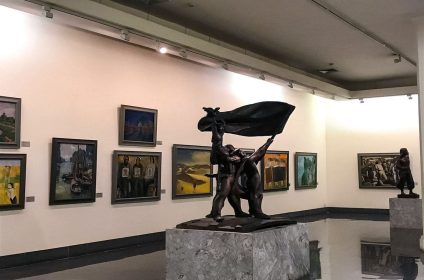
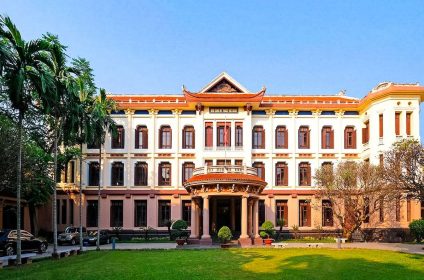
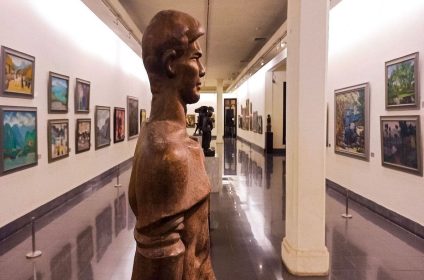
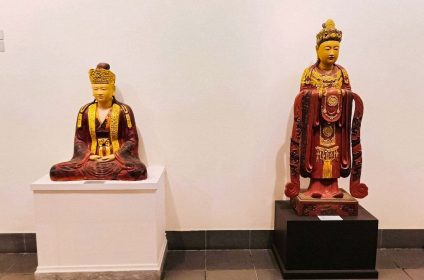
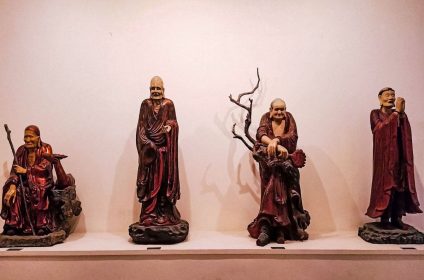
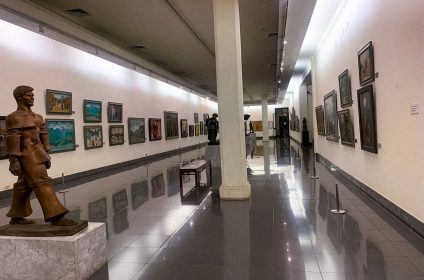
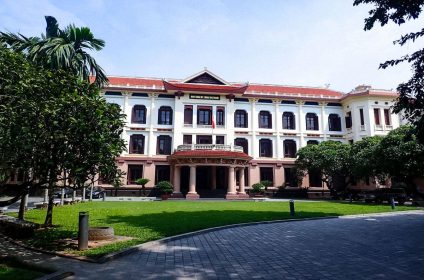
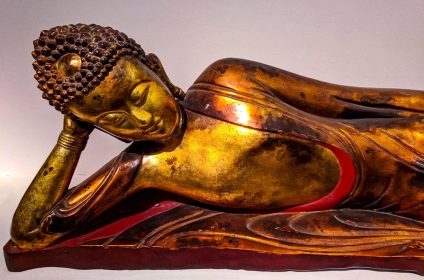
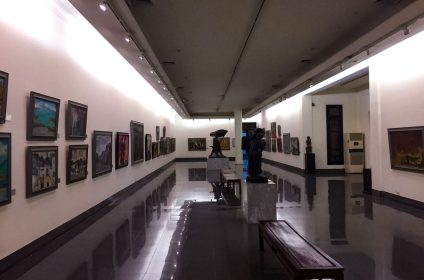
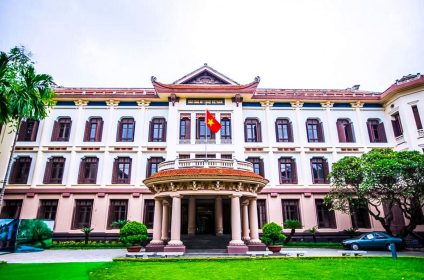
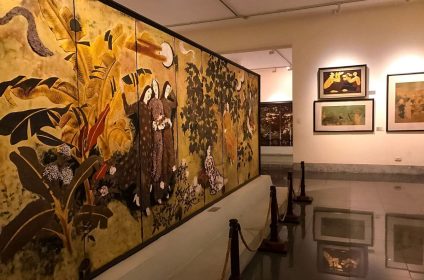
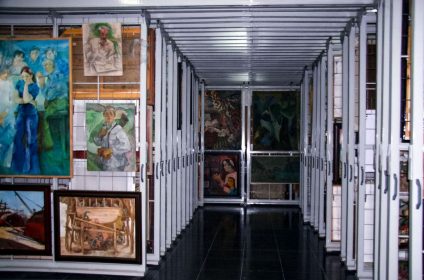
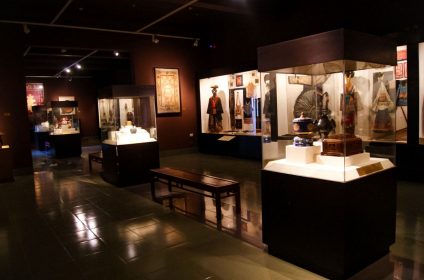
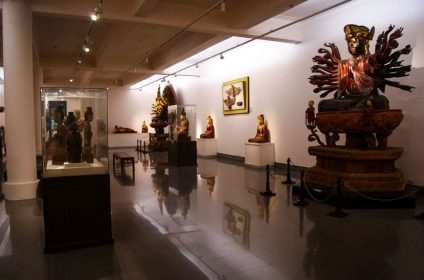
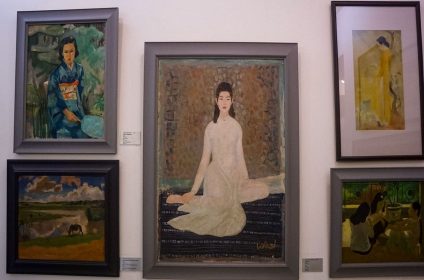
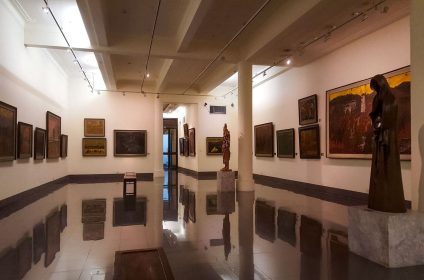
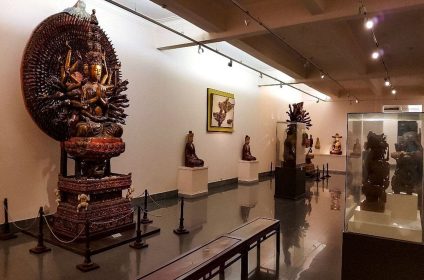
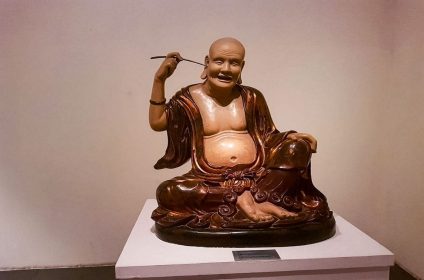
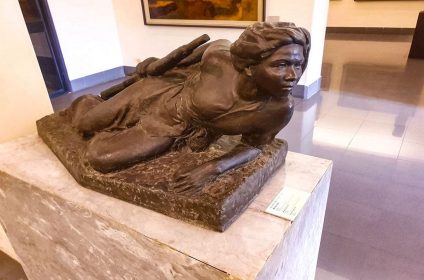


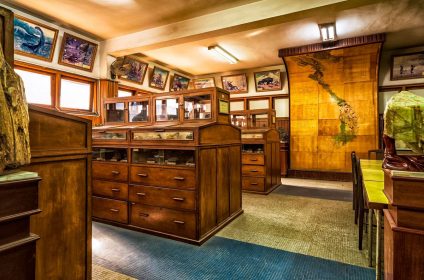

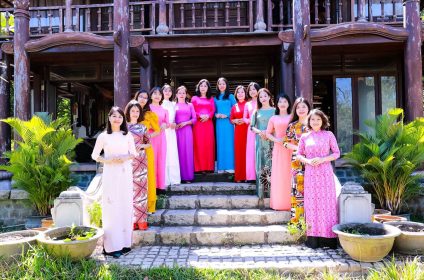
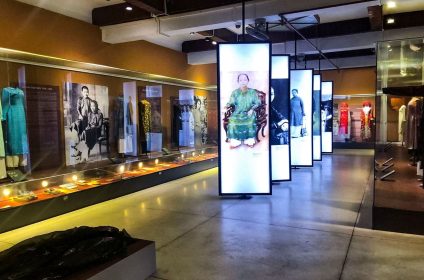










Add Review